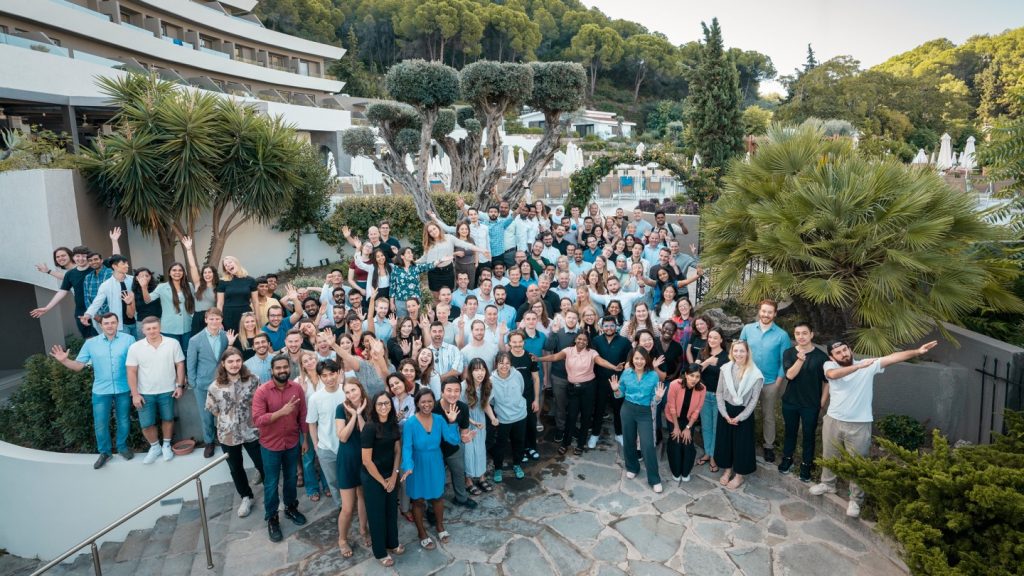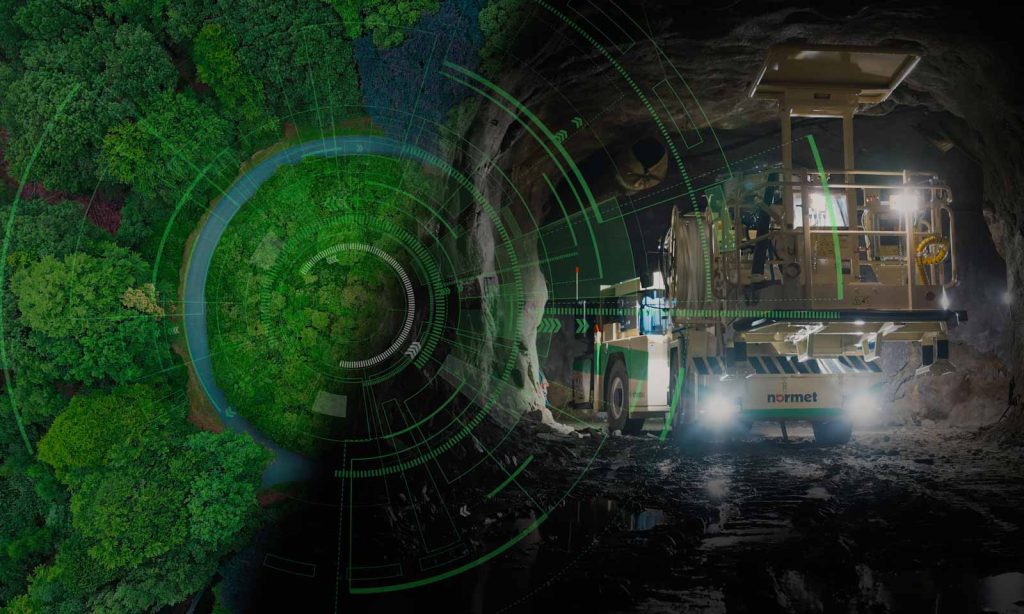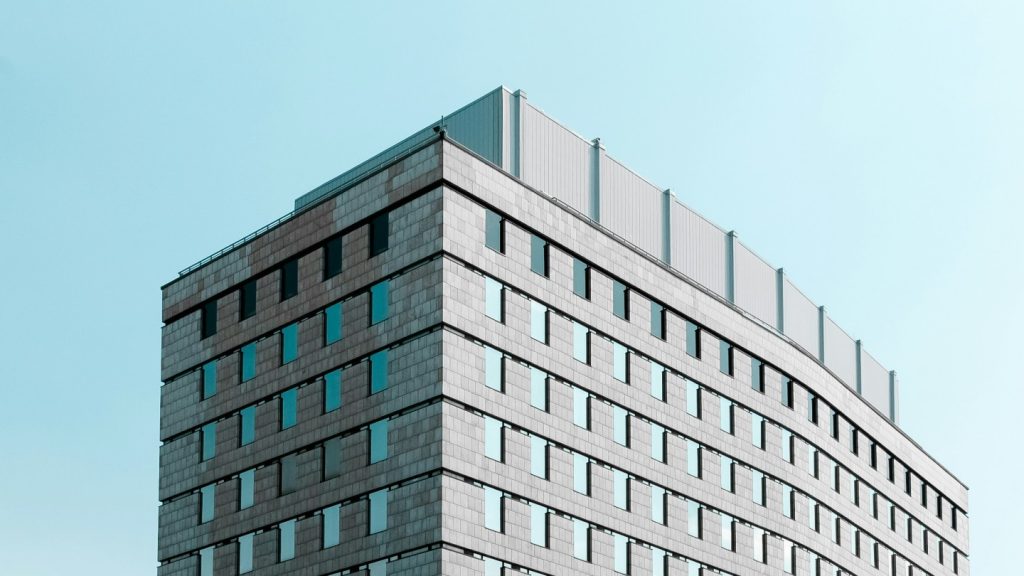Energy-efficiency is a buzzword it’s near impossible to avoid, not least across the building and construction sector. With celebrities from Orlando Bloom to Prince Charles, Damien Hirst and Brad Pitt installing energy-efficient appliances, promoting energy-efficiency standards, and, in some cases, investing in their own eco-homes, the trend shows no sign of slowing.
Indeed, the Building Research Establishment Environmental Assessment Method (Breeam), a leading green rating system, assessed 7,000 projects last year, 2011, a number that has more than doubled since 2009. More buildings were awarded an ‘outstanding’ rating than in any previous year.
On top of this, professional bodies are increasingly emphasising the importance of energy-efficiency across the entire construction and design cycle. The American Society of Interior Designers (ASID), for example, recognises that sustainability should be an essential part of any interior designer’s professional responsibilities. They acknowledge that this extends to resource and energy-efficiency, indoor environments that support occupant well-being and productivity and integrated building design developed by collaborative multidisciplinary teams.
Lighting designers play no small role in this picture and are increasingly being asked to deliver schemes that not only satisfy stringent energy-efficiency criteria, but also continue to wow on the style front.
The brief Lighting Design International (LDI) received from the Corinthia Hotel’s ESPA Life spa was no different. The consultancy was asked to create a complementary lighting scheme, which was energy-efficient as well as being respectful to the original features of the historical building in which it’s located.
Moreover, the scheme was required to complement different moods on each of the four individually designed floors, while creating a holistic experience for the facility’s undeniably discerning clientele.
How well do you really know your competitors?
Access the most comprehensive Company Profiles on the market, powered by GlobalData. Save hours of research. Gain competitive edge.

Thank you!
Your download email will arrive shortly
Not ready to buy yet? Download a free sample
We are confident about the unique quality of our Company Profiles. However, we want you to make the most beneficial decision for your business, so we offer a free sample that you can download by submitting the below form
By GlobalData"We had three different clients throughout this project: GA Design, the interior designers, ESPA, the spa managers and Corinthia, the head client," said Ellie Greisen, senior lighting designer at LDI.
"They had quite strong ideas in terms of the lighting effects. Not only did they want to keep downlights to a minimum, they wanted each floor to have a completely different feel."
Out of sight: the benefits of a concealed lighting scheme
For Greisen, the only option for the base scheme was concealed linear LED lighting, as this could both satisfy the client’s sustainability criteria while creating a mood suitable for a luxury spa.
Indeed, because the finishes in the spa were principally kinon, textured stone, marble and rich fabrics, the lighting needed to complement these without taking away any attention from them.
"Kinon is a highly reflective surface, which acts almost like a mirror, and it was a big challenge to work with this kind of finish," Greisen noted.
"In some areas, we had really limited amounts of space, which meant every detail had to be really carefully mocked up and tested. Linear LED is not a very pretty thing to look at so you have to conceal it. Making sure you couldn’t see any linear LEDs from any angle across the whole project was a very big challenge."
Yet Greisen’s hard work paid off, and not only is it impossible to catch even a glimpse of the concealed LED lighting scheme, the use of hidden lights provided a big tick in the Corinthia Hotel’s energy-efficiency box.
"Energy-efficiency was really important and it was something that drove a lot of the design process," Greisen explained. "We had quite a unique opportunity to use completely concealed lighting, which also means it’s mostly energy-efficient lighting."
A spotlight on contrast: the challenge of harmony
Another key challenge for LDI was the client’s desire to bring four completely contrasting floors into some kind of harmony. The four floors of the scheme are designed to each have a different feel, with the finishes becoming darker as you go further underground.
While the lighting focuses on the finishes, highlighting the different moods of each floor, LDI also had to come up with an overriding concept to bring the whole project together.
The London-based consultancy opted to use the lighting of the spa’s exquisite marble staircase as the project’s joining feature, concealing lighting detail at the staircase’s sides, which, when taken together with the reflective surfaces across the rest of the spa, gives the facility’s clients a sense of floating. Diffusers were used to conceal the light source, softening the lighting effect.
"It wasn’t as difficult as it sounds because the finishes helped a lot," Greisen remarked.
"The staircase is the central element that goes from the top floor entrance all the way down to the sub-basement. The only lighting detail on the stairs is the glow at the side, it’s a really clever way of tying the whole lighting scheme together."
Style and sustainability: success on both counts
Although concealed lighting was the mainstay of the ESPA Life project, it was simply not viable to completely avoid the use of up and down-lighting. Indeed, the spa features a number of pieces of artwork, including sculptures, which serve as focal points for spa-goers to move around the space.
"To highlight these focus points, we used up-lighting and down-lighting. It gave them a bit more emphasis," Greisen explained.
Moreover, the stainless steel swimming pool, which is housed deep in the spa’s sub-basement, required fibre optic up-lights, which light-up and illuminate the water onto the white ceiling. Up-lights were also specified to light frosted glass fins, casting patterns on the ceiling.
The use of down-lights was really kept to a minimum. "Where we have used down-lights in the changing rooms, a lot of them are LED," Greisen said. "We’ve only got a very small number of low voltage halogen down-lights."
LDI’s focus on energy-efficiency undoubtedly paid off. The total installed load of the project is 20.6 W/m², while the Lighting Energy Numeric Indicator (LENI) result of the scheme is 95, a figure which compares favourably to the benchmark values set out in the European Standards for the energy performance of buildings.
Just as these statistics testify to the energy-efficiency of the project’s lighting scheme, the stylistic success LDI achieved with the ESPA Life spa can be clearly seen with just a fleeting glance at the stunning images that accompany this article. LDI has truly shown that style and sustainability can and do still go hand in hand.






